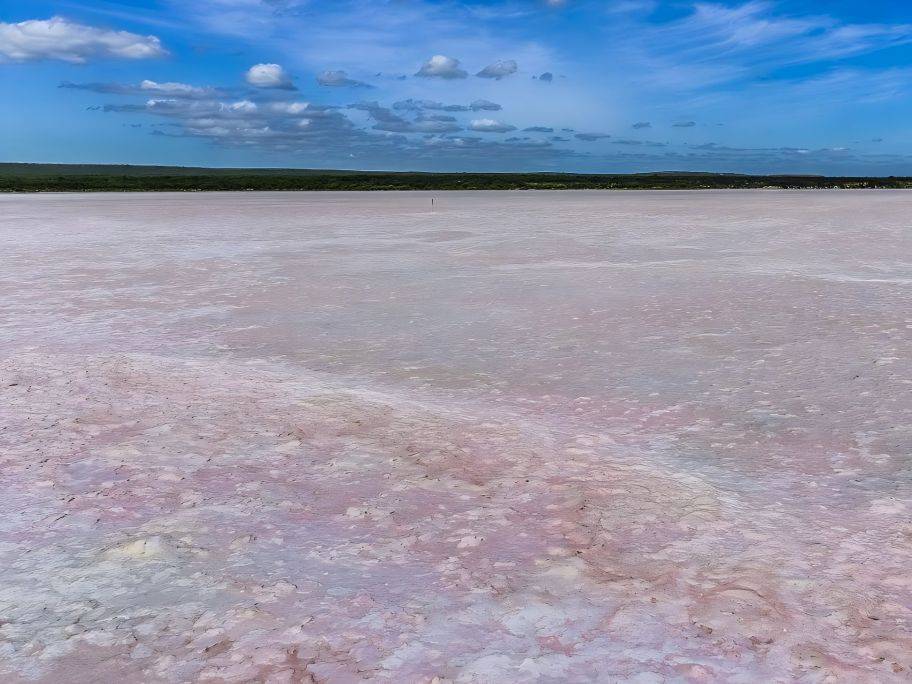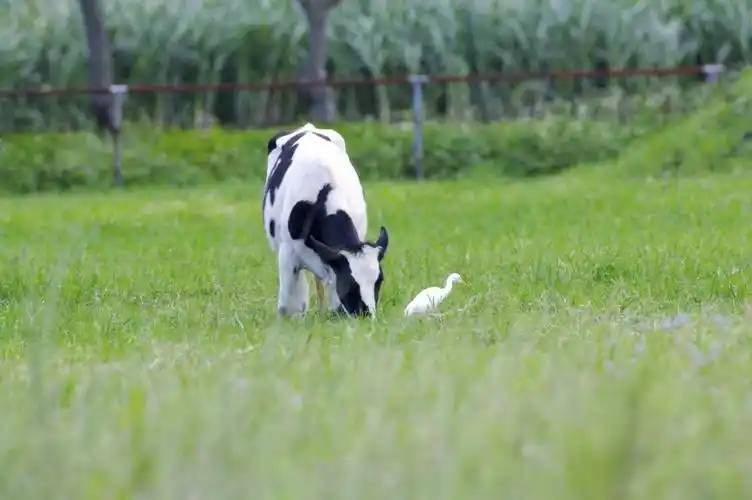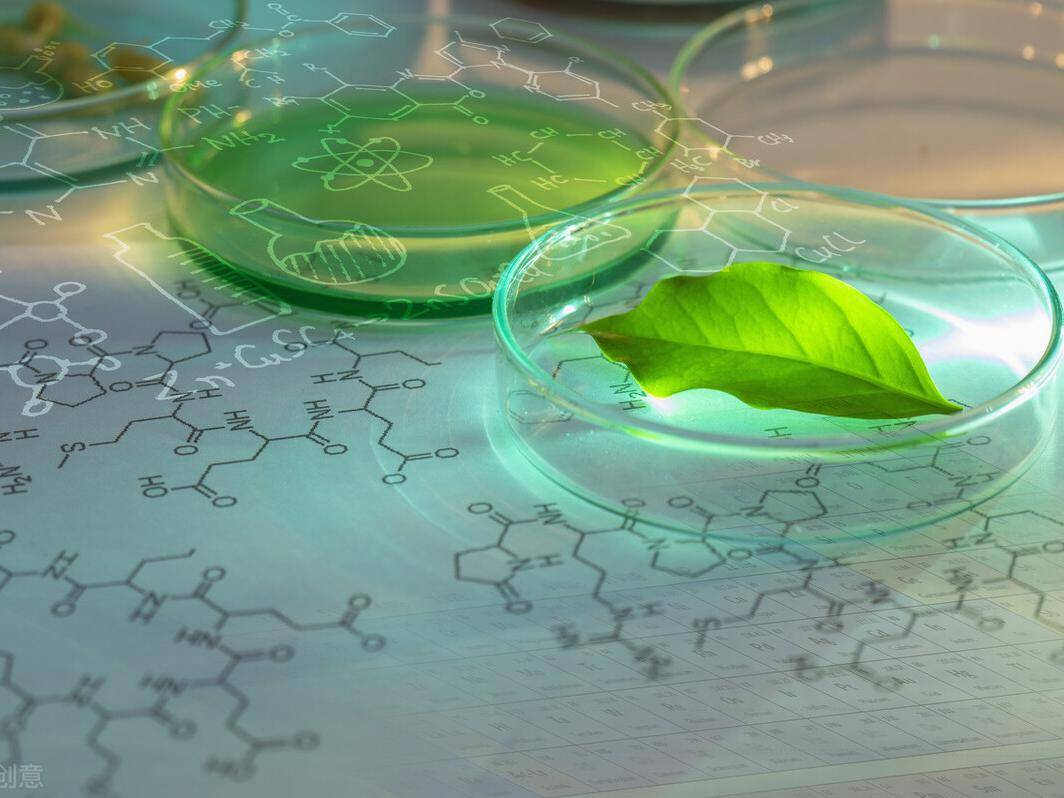What Is a Good Source of Beta Carotene?
1 Structure and physical and chemical properties of β-carotene
The molecular formula of β-carotene is C40 H56 and the relative molecular weight is 536.88. It is formed by four isoprene double bonds connected end to end, with a β-cryptone ring at each end of the molecule. There are mainly four forms: all-trans, 9-cis, 13-cis and 15-cis. The all-trans structure is shown in Figure 1. β-Carotene appears as a dark red to dark red, shiny rhombic hexahedron or crystalline powder with a melting point of 184°C. It is insoluble in water, propylene glycol, glycerin, acids and alkalis, soluble in carbon disulfide, benzene, chloroform, ethane and plants, and almost insoluble in methanol and ethanol. A dilute solution is orange-yellow to yellow, and becomes more orange as the concentration increases. It may be slightly reddish depending on the polarity of the solvent. It is prone to redox reactions in the presence of oxygen, heat and light, and is more stable in the presence of a weak base. [1]
2 Physiological functions of β-carotene
2.1 β-carotene is an important source of vitamin A
Vitamin A is the carrier for the synthesis of glycoproteins, which are important structural substances in cells and play an important role in ensuring normal growth and development and resistance to infection.
Beta-carotene can be converted into vitamin A by enzymes in the body and is the most abundant in food, so it is considered to be the main source of vitamin A in the human body. When there is a lack of vitamin A in the body, enzymes in the body will convert β-carotene into vitamin A. When the amount of vitamin A in the body reaches the required level, the enzymes will stop converting it, thus maintaining the body's vitamin A requirements through the automatic control of enzymes [1].
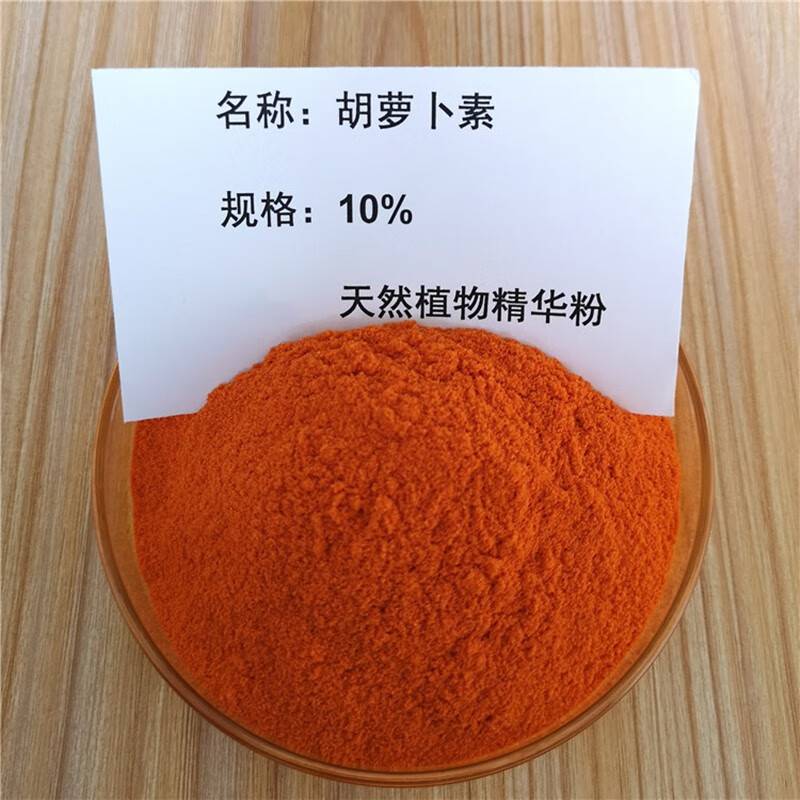
2.2 Antioxidant effect of β-carotene
With age, the body's antioxidant enzyme function declines, and excessive oxygen free radicals cannot be removed in time and accumulate inside cells, damaging cell membranes, tissues, enzymes, and genes, causing various diseases and aging in the body. The β-carotene molecule has a special structure with multiple conjugated polyene double bonds, which allows it to irreversibly react with oxygen-containing free radicals, removing free radicals and quenching singlet oxygen. [2]
2. 3 Other functions
Beta-carotene can enhance immunity and improve the body's immune system's ability to resist carcinogens. Oral administration of beta-carotene can prevent the formation of photosensitive erythema and reduce the skin's sensitivity to ultraviolet light. [3] It also has a protective effect against cardiovascular disease and hypoxia of cardiomyocytes.
3 Sources of beta-carotene
3.1 Terrestrial higher plants
Beta-carotene is often industrially produced from higher plants rich in beta-carotene, such as carrots, peppers, corn, potatoes, marigolds, wolfberries, and sea buckthorn.
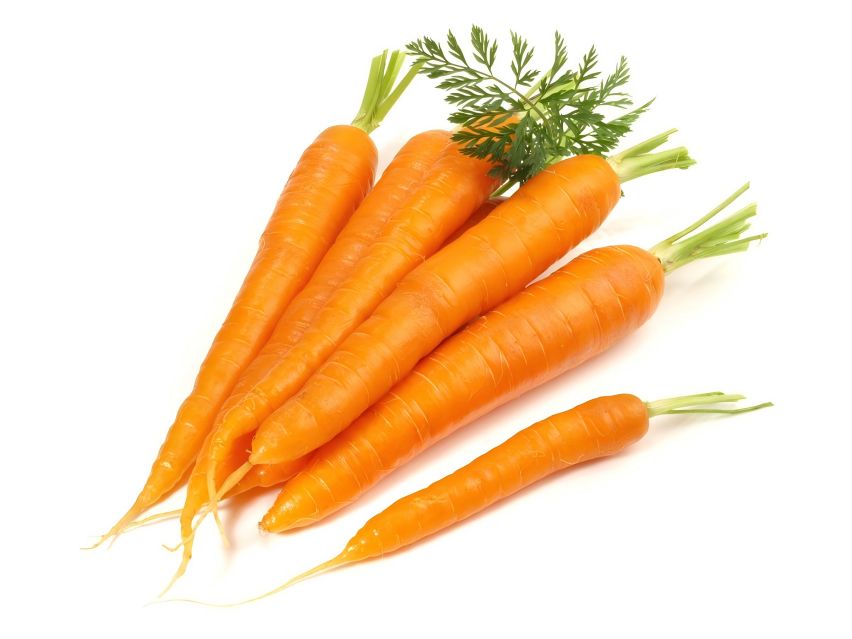
3.2 Algae
Many algae are rich in β-carotene. The β-carotene content of Dunaliella salina can reach 0.3% of the dry cell weight,[4] making it an ideal raw material for extracting natural β-carotene. Dunaliella salina is a type of low-level eukaryotic organism widely distributed in high salinity areas such as salt lakes and oceans. Dunaliella salina synthesizes and accumulates β-carotene as an adaptation to environmental conditions. The optimal conditions for β-carotene production include high temperatures, strong radiation, low nutrients, high salinity, and low dissolved oxygen.
In addition, other algae such as spirulina and purple balls [5] also contain β-carotene, and spirulina is a better source. It has been reported that the β-carotene content in 6g of spirulina is equivalent to the content in 20 eggs. [6] At present, because the β-carotene content in spirulina is very rich and much higher than that in some animals or plants, the extraction of β-carotene from spirulina has become a hot research topic.
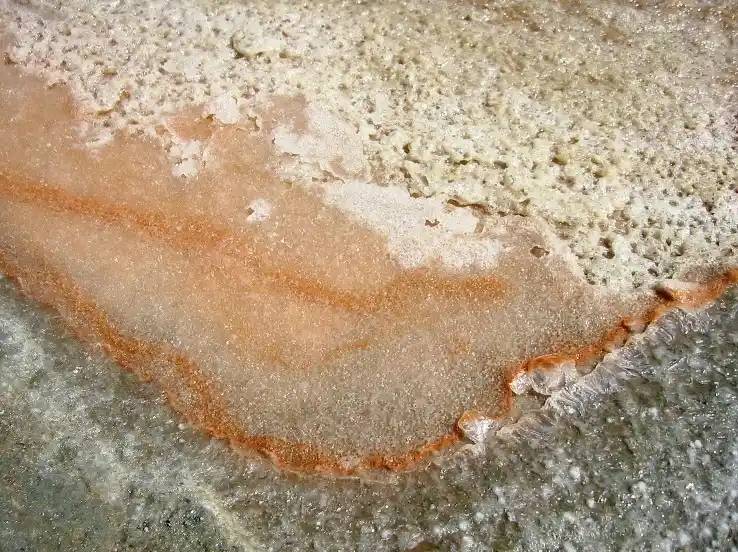
3. 3 Chemical synthesis
Chemical synthesis refers to a method of synthesizing β-carotene using organic chemical raw materials through chemical reactions. Since the industrial synthesis and production of β-carotene began in 1953, the industry has continued to develop. Industrial production often uses vitamin A as a raw material, which is converted into retinal and methyl viologen, and then condensed to form β-carotene; the reaction process is shown in Figure 2. [6]or β-ionone as a raw material to construct a polyene chain. However, the chemical synthesis method used to synthesize β-carotene is almost entirely in the form of a trans isomer, which does not have the physiological functions of many natural β-carotene.
3. 4 Biosynthetic method
The biosynthetic method is to use microbial fermentation to produce β-carotene, which is superior to the chemical synthesis method in terms of quality, technology, resources and cost. Domestic and foreign research on microbial synthesis of β-carotene has focused mainly on filamentous fungi (Aspergillus niger) and red yeast. [7]
3.5 Chemical modification method
Molecular modification of carotenoids is also known as molecular modification. This refers to the conversion of one carotenoid into another. β-Carotene can be obtained by modifying lutein esters. [8] The process involves the following two steps:
isomerization of xanthophyll esters to zeaxanthin:
conversion process: xanthophyll ester + KOH alcohol solution → high-pressure reactor (at a certain temperature, under nitrogen protection) → product. The conversion diagram shows: zeaxanthin is converted to β-carotene by reduction.
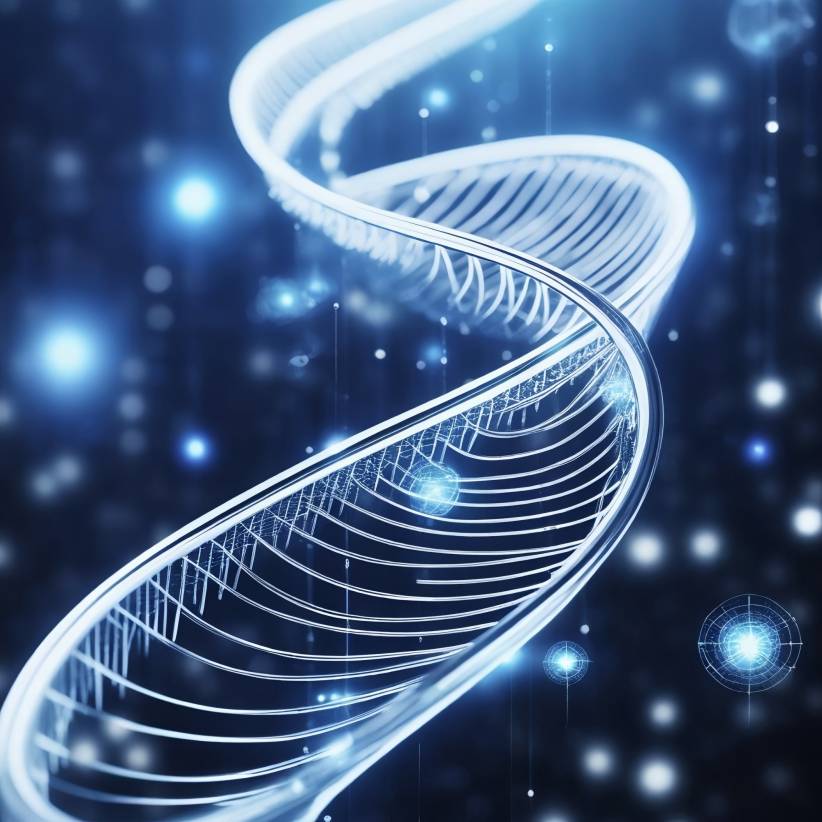
3. 6 Genetic engineering method
With the rapid development of genetic engineering technology, the use of genetically engineered bacteria to produce carotenoids has become a research hotspot. In recent years, significant progress has been made in the study of its main synthetic pathways. Its biosynthesis pathway has been elucidated at the molecular level, and the genes of key enzymes have been sequentially isolated. Preliminary results have been achieved in changing the composition and content of β-carotene in plants and microorganisms through genetic engineering techniques.
4 β-Carotene processing technology
The process of producing β-carotene from natural products generally involves the extraction, separation and purification of the pigment. Extraction is a relatively important process in β-carotene production. The rationality of the extraction process and the appropriateness of the solvent selection are directly related to the yield and quality of the product, as well as the progress of subsequent work. Common extraction methods include: organic solvent extraction, enzymatic reaction extraction, microwave-assisted extraction, ultrasonic-assisted extraction, supercritical fluid extraction, and air blasting. [9] Taking the organic solvent extraction method as an example, after extraction with an organic solvent, the extract is concentrated under reduced pressure to obtain a crude oil paste of β-carotene. To further remove impurities such as lipids and carbohydrates that may be present, a further saponification reaction is required. Then, by cooling and crystallizing, a crude product of β-carotene crystals is obtained. Finally, β-carotene is obtained by recrystallization.
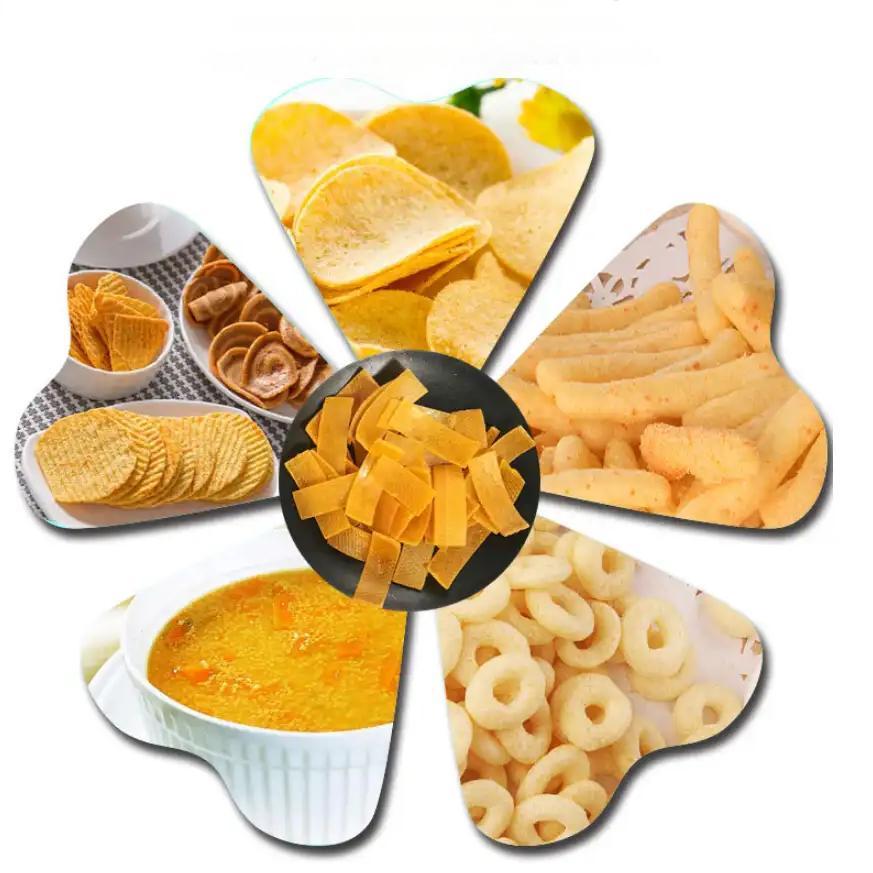
5 Applications of β-carotene
First, β-carotene has good coloring properties. It can be used to color yellow and orange-red foods, and it has strong coloring power and a stable and uniform color. It can coexist with elements such as K, Zn, and Ca without changing color, and is especially suitable for use with children's foods. It can also be used to color tablet coatings. Its color and stability are superior to those of lemon yellow and carmine co-crystal coatings.
In addition, β-carotene has a nutritional and health-promoting effect and is widely added to foods as a nutritional enhancer. Furthermore, β-carotene is an excellent antioxidant. It has a synergistic effect with vitamins E and C, and their combination is known as the “iron triangle” of antioxidants, which has a strong antioxidant effect.
Internationally, the addition of β-carotene to cosmetics such as lipsticks and blushes can make the color naturally rich, nourish the skin, and protect it. Skin care products containing β-carotene have been launched and are popular.
In addition, β-carotene has specific functions when added to animal feed as a feed additive. For example, when cows are fed β-carotene-free feed, “asymptomatic” fever is often observed, as well as delayed ovulation, follicular cysts, delayed and reduced corpus luteum formation, and in severe cases, reproductive disorders and placental stasis. All these symptoms can be corrected by adding β-carotene to the feed. Laying hens that eat β-carotene-rich feed can increase egg production and darken the yolk color, because the chickens can store excess β-carotene that has not been hydrolyzed into vitamin A.
Due to these special physiological functions of β-carotene, it is widely used in the food industry, feed industry, pharmaceutical industry and cosmetics industry. [10]
6 Research progress of β-carotene
Because β-carotene is insoluble in water and easily cleaved by heat and light, β-carotene emulsion or inclusion bodies are mostly used in the fields of food, biomedicine, etc.
Therefore, the use of new emulsifiers and emulsification techniques, with the physical and chemical stability of β-carotene emulsions and the bioavailability of β-carotene as the main indicators, and by optimizing the emulsion preparation process and the composition of the emulsion interface, the preparation of β-carotene emulsions with high loading and good stability is currently a hot research topic.
At present, China has prepared physically and chemically stable β-carotene emulsions by selecting natural emulsifiers such as proteins and polysaccharides and systematically studying different interactions (layer-by-layer assembly and covalent complexation). The effects of different antioxidants on the stability of β-carotene in emulsions have also been evaluated. The use of different emulsifiers and protein-polysaccharide Maillard complexes successfully produced a high-loading, highly stable β-carotene emulsion, and a technology platform for the development of functional factor emulsions was established. This project has been successfully industrialized in China. The product is of excellent quality and maintains good stability in liquid foods. During the shelf life, there is no floating or degradation of the product.
7 Summary
Numerous experiments at home and abroad have proved that carotene can prevent or delay cancer and is an anti-cancer agent. In recent years, it has been a commodity in short supply on the market. Therefore, further exploration of the preparation method of β-carotene and improvement of its yield and stability will greatly promote the development of the food industry, medicine, cosmetics and other industries. As understanding of β-carotene deepens, it will have an even broader market of applications.
References:
[1] Xu Luming. Introduction to the function and biochemical preparation of β-carotene [J]. Inner Mongolia Science, Technology and Economy, 2009, (7), 424-426.
[2] Olson J A. Molecular actions of carotenoids [M]. In : Canfield LM (ed) . Carotenoids in Human Health ,New York Academy of Sciences ,1993 ,156 -166 .
[3] Stahl W ,Heinrich U ,Jungmann H ,et al. Carotenoids and carotenoids pius vitamin E protect against ultravioet light -induced erythema in humans. Am J Clin Nutr ,2000, ( 71 ) : 795 - 798 .
[4] Liu Xiaojuan, Duan Shunshan, Li Aifen. Research progress in the use of microalgae cultivation to produce carotenoids [J]. Natural Product Research and Development, 2007, 19 (2): 333-337.
[5] Huang Jian, Chen Bilian, et al. Evaluation of the nutritional composition of purple spirulina [J]. Food and Fermentation Industry, 2005, 06: 105-106.
[6] Tang Ling, Wu Yanwen, Ou Yangjie. Research progress on β-carotene production methods [J]. Food Research and Development, January 2009, Vol. 30, No. 1: 169-171.
[7] Yan Xiuhua, Wang Zhengwu, Wang Zhongni. Application and research progress of β-carotene [J]. Food and Drugs, 2007, 9 (6): 58-61.
[8] Zhang Xiangmin, Zhang Hui, et al. Conversion between carotenoids [J]. China Food Additives, 2012, S1: 32-38.
[9] Zhang Yanni, Yue Xuanfeng. Extraction methods and new developments of effective ingredients in traditional Chinese medicine [J]. Shaanxi Agricultural Science, 2006 (5): 65-67.
[10] Zhu Xiuling, Che Zhenming, et al. Research progress on the physiological functions and extraction techniques of β-carotene [J]. Guangzhou Food Industry Science and Technology, 2004 (80): 158-162.


 English
English French
French Spanish
Spanish Russian
Russian Korean
Korean Japanese
Japanese